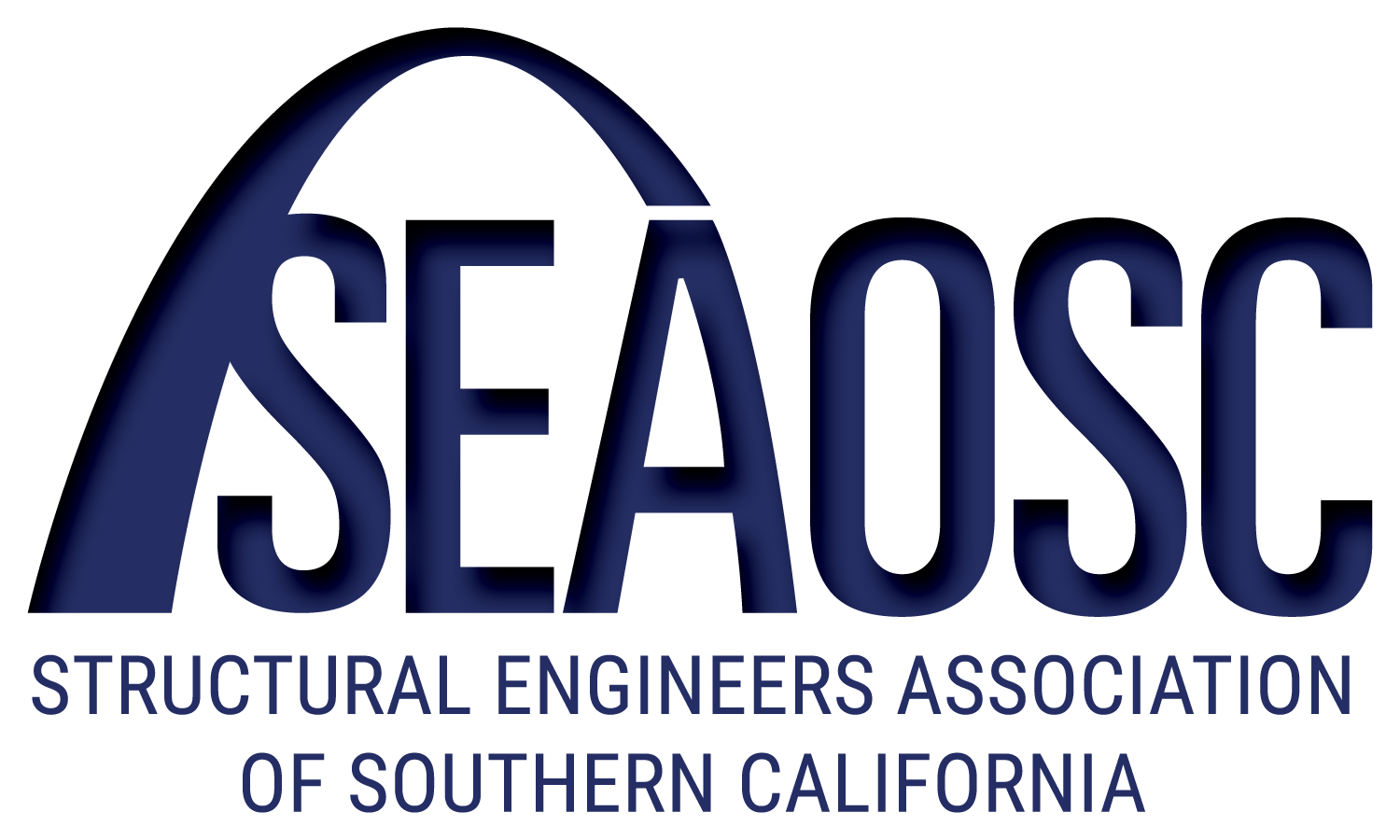By Luke Lombardi, PE, Co-Chair, SEAOSC Sustainability Committee
You may have noticed the increasing number of news articles about climate change or have received increasingly frequent client communications inquiring about embodied carbon, LCAs, and net-zero buildings--topics generally unfamiliar to the traditional day-to-day activities of structural engineering. If you’ve been buried in calculations, coordination, and construction administration, these topics and endlessly new acronyms might feel a bit overwhelming. Let’s break it down and explain why these issues are important and relevant for structural engineers and why structural engineers play a vital role in guiding this pivotal transition towards sustainable building design.
Full disclosure: we are sharing a lot of links. The intent isn’t to overload you, but to provide an ongoing resource. There is an abundance of foundational research and case studies available. Understanding a few basics is really all you need to know to start making an immediate impact. For quick reference, the most important points are underlined and bolded. Summary / action items are at the end.
Climate science has been around for decades along with the corresponding calls to mitigate emissions. We’ve recently seen increasingly alarming reports from scientists and calls for action in Paris, Glasgow (Arch 2030 1.5°C COP26 Communiqué), and most recently with the IPCC’s Impacts, Adaptation, and Vulnerability report. Governments, clients, and our industry member organizations have joined in this call for action by declaring a state of emergency around climate change (e.g. Engineers Declare).
Globally, we have a limited “carbon budget” of approximately 460bn tonnes of CO2 (GtCO2) to have a 50% chance of keeping warming below 1.5C – that’s just 11.5 years of current (2020) emissions. Every fraction of a degree matters as cities and communities around the world are at risk (negative impacts outlined by Nasa and Carbon Brief). It is simply not feasible to adapt our building code provisions - think wind speeds or temperature ranges - at the same pace as climate change.
Aggressive reductions are needed now for emissions to be reduced in half by 2030 to realistically meet this budget. The shift towards renewable energy sources such as wind and solar is important, but buildings are also a pillar of the U.S. decarbonization plan.
Buildings are responsible for 40% of the world’s carbon emissions (EIA report, 2018) with about three quarters coming from building operations and the remaining quarter resulting from materials and construction. In Los Angeles, this proportion is 43% of greenhouse gas emissions—more than any other sector in the city, including transportation. Globally, the emissions from cement, steel, and aluminum manufacturing represent a staggering 23% of all emissions.
By 2060, the global building stock is projected to double. This is the equivalent of constructing an entire New York City every month. Embodied carbon emissions between now and 2050 are expected to be the source of the majority of emissions from this projected new construction.
This is the purview of structural engineers. We specify the size and type of material needed for safe construction and have a responsibility to understand these elements best. Material quantity and the specified material, which has a corresponding global warming potential (GWP), form the basis for embodied carbon calculation. Though some might suggest this consideration is “out of scope,” has our industry not previously expanded other aspects of our expertise as new information is discovered? For example, every significant earthquake provides a new learning opportunity to access and adapt to better protect and serve our communities. We no longer use pre-Northridge steel moment connections. Management of embodied carbon in our structures is similarly an extension of practicing this responsibility to public safety.
Is it even possible? SEI has published How to Get to Zero outlining different paths of design change, electrification, material innovation, and purchased offsets--some more costly than others.
In the past year and a half, 75 structural engineering firms have joined SE 2050 to “support the vision that all structural engineers shall understand, reduce, and ultimately eliminate embodied carbon in their projects by 2050.” This list of progressive companies includes 18 local structural engineering firms in the SEAOSC region.
What is the next step? Get informed about strategies for reduction from AIA, CLF, or LETI (UK). Using less carbon-intensive materials in new-builds and finding ways to extend the functional life of structures (e.g. circular economy).
There is a growing precedent driving new policies that address embodied carbon similar to building operational emissions. Take the London Tulip for example. Embodied carbon legislation has now been introduced on the floor of British parliament, and as of this past February has been proposed in California as well.
As structural engineers, we have a collective leadership opportunity to embrace this transition during the climate crisis. We can choose to support the responsible use of natural resources in design through resilient seismic design as well as adaptive reuse. Moving towards using materials that contribute to ecosystems and carbon sequestration is a challenge structural engineers are trained to meet.
Summary: Carbon emissions generated from buildings, both old and new, significantly contribute to climate change. Structural engineers are in a key position to facilitate, rather than incumber, the mitigation of these emissions through the systems we design and materials we specify. Public perception, closely followed by public policy, is rapidly changing. By taking action now, as structural engineers, we can choose to define our leadership role rather than rely on others in the industry to prescribe changes to structural elements and design.
How you can get started:
Check out the SE 2050 Program Requirements Guidance Document for more ideas.

